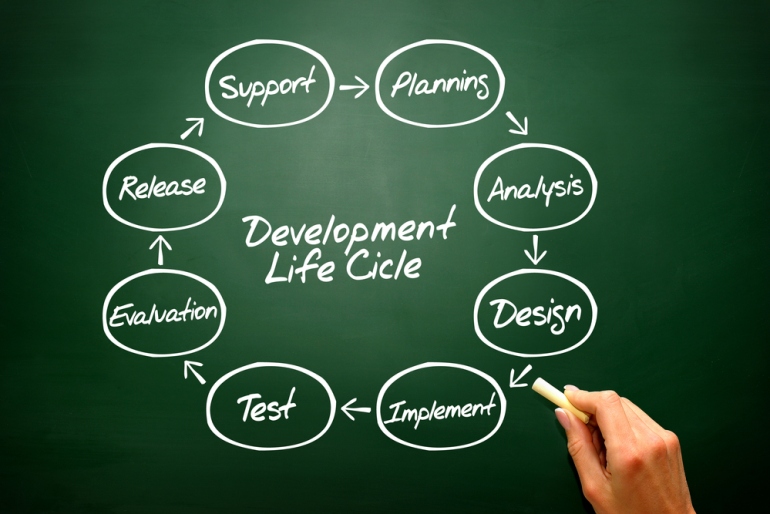Rapid Application Development (RAD) is a model that developers use to develop functions. Here, each function is built separately as though each one of them was a subproject. Once these functions are built separately, they are assembled into a prototype. RAD model makes it easier for developers to adjust features of the model at any point of the development stage.
Besides, compared to traditional methods, it is much easier to rapidly change a product with a RAD model in case developers or users change their mind way into the process. Therefore, more modern creatio application developers prefer the model due to the short time within which it delivers products. The rapid application development process, therefore, improves both developer and customer experiences.
As a more adaptive approach to app development, RAD is therefore giving the old plan-based methods a big run as developers opt for the new rapid methods. The model is more flexible and easily adaptable.
Besides, RAD puts more emphasis on design processes together with the knowledge it delivers. User feedback and prototype development are therefore key steps in this software development approach. Therefore, unlike the traditional development methods that do not incorporate user feedback into the process, RAD tunes the end-user into the entire building process.
RAD Methodology
RAD methodology is a four-stage process. Here’s what each step entails.
- Outlining The Requirements: At this stage, stakeholders plan and agree on project requirements. RAD sets a broad number of requirements to remain flexible to suggestions within the app transition time. Here, challenges that are likely to be faced in the process are also outlined and suggestions are made on how to mitigate.
- User Input: At this stage, users work closely with software developers to build one or more models or prototypes that are in line with the suggested requirements. This is however a continuous process and continues through prototype development to project completion.
- Construction: Developers incorporate user feedback into the app-building process. While working hand in hand with users, this step uses the feedback given to construct an all-inclusive software. The second stage can be repeated several times with back and forth between the second and the third phases until a final product that is fully approved by users is delivered.
- Finalization: The final RAD process is the finishing process. At the finalization step, the product is tested several times before it can be put to use. Also, training of users is done to ensure there is a full understanding of the end product. Once it is adequately assessed for longevity and stability, it is launched and delivered to users.
The Rapid Application Development Life Cycle
If you clearly understand what the RAD methodology looks like, it’s time now to dip deeper into what the RAD model lifecycle looks like. This section outlines, in brief, the key steps in the RAD life cycle that supports app delivery in a seamless rapid way.
- Planning: The actual sense of Rapid Application Development begins with planning. Planning and project requirements are set here. Also, feasibility assessment for the project is done at this stage with the involvement of all users and developers.
- Analysis: This stage examines the project goals. Depending on the goals set, project needs are created and examined before the project can be taken into the next stage.
- Design: At the design stage, mapping is done with a well-developed flow diagram delivered. Features such as program rules, features, and screen layouts are designed.
- Implementation: Here, the project undergoes several software development processes until the application is ready for use. Various consultations are done between developers and users to incorporate all design changes and adjustments until the whole project is in line with the goals set earlier and within the project requirements.
- Testing: Once the software is delivered, testing is done to ensure it conforms well with user needs and it is ready for inception.
- Evaluation: Once the project is delivered and users are well trained, a continuous evaluation is carried out to assess possible shortcomings.
Pros of RAD Model
Some of the key advantages that drive more sense of Rapid Application Development
are:
- Flexibility: RAD makes it easier to change the functions and features of the software while still at the testing stage.
- Timed Operations: RAD tools are automated and this makes it a rapid and easier way to make and test prototypes.
Cons of RAD Model
- Cost: RAD is a high-cost model and may not benefit small enterprises.
- Rigid: The project cannot begin before requirements are known.







